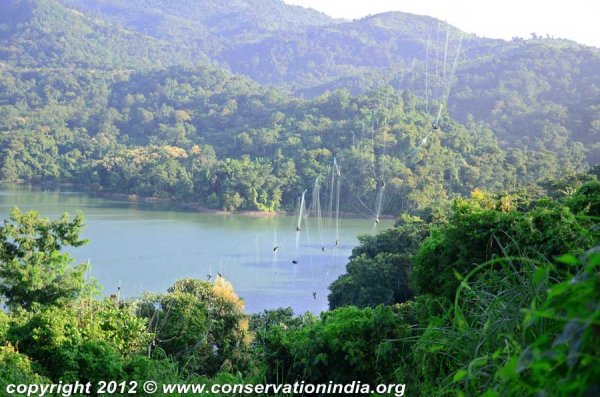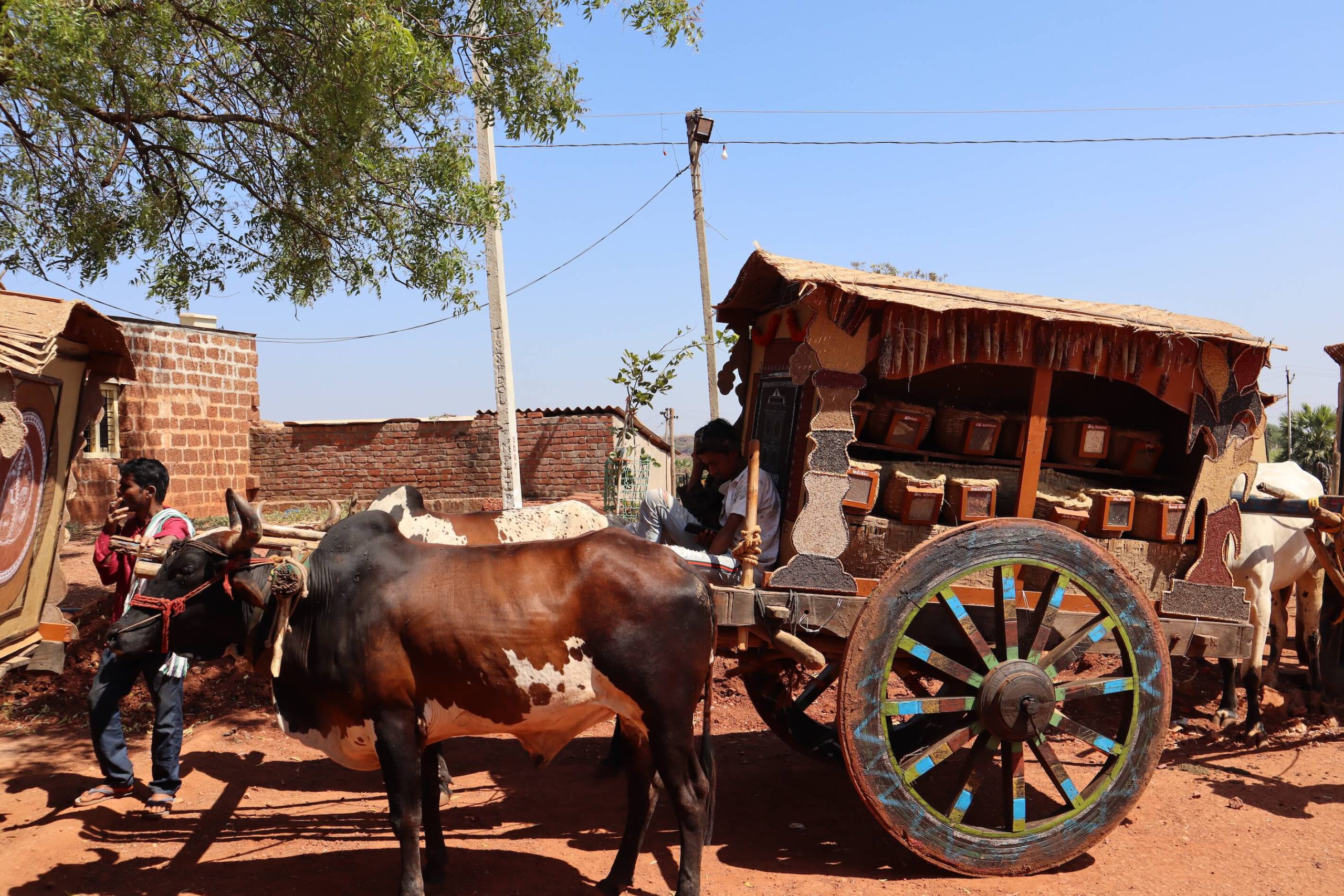The Amur falcon’s five-day flight across the ocean from Nagaland to Africa is the longest non-stop oversea flight in all birds, but it’s a journey that puts the majestic raptor at risk of being hunted for meat. A community-led project in Nagaland, India, has turned poachers into protectors.
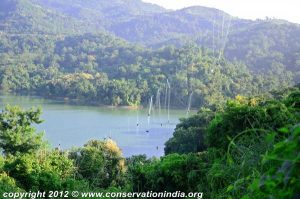
It was October 2012. A team of conservationists visited a remote dam in Nagaland to study the unique migration behaviour of the Amur falcon that roosts here for a month every year on its way from its breeding grounds in Mongolia, to Africa. Instead, when they reached the Doyang reservoir in Wokha district of Nagaland, they found birds being massacred en masse. Trees on the banks of the reservoir were covered in nets that trapped them by thousands. The air was thick with the smell of their meat being smoked. Local tribes, who have a long tradition of hunting (not just for the table, but also as a means of livelihood) sold the meat of the falcons as far as in Dimapur, over 120 km away. Many confessed to earning over Rs 20,000 [US$270 or GB£200] selling falcon meat in the one month that these birds stopped in Wokha to roost and recuperate from their long flight. Chillingly, they referred to it as an annual ‘harvest’…
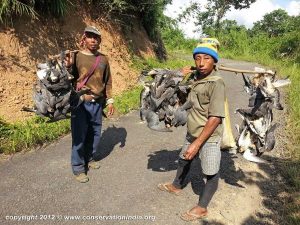
The team from Conservation India that witnessed this massacre was led by Bano Haralu, ex-TV journalist and founding trustee of Nagaland Wildlife and Biodiversity Conservation Trust, NWBCT. While some suggested financially incentivising locals to not kill the falcons, Haralu had a different take: “I’ve always believed that the conservation of our wild spaces and species must be its own reward,” she says. “By rewarding locals with money for every falcon they saved, we’d defeat the purpose of conservation…”

Instead, she launched a campaign with local volunteers to alert the wildlife community, as well as the state government about the falcons’ grisly fate in Pangti, Pungro and Okhtosto – the three villages in Wokha district (Nagaland) where the falcons roosted. “Next, we started working to instill a sense of pride that this mysterious bird flew from so far to visit our land every year,” says Haralu. NWBCT initiated a comprehensive programme to change local attitudes towards hunting with the support of the government, as well as leading conservation NGOs. Weekly Eco Clubs for children, one-on-one conversations with each and every villager and advocating with the powerful village council yielded positive results.
Finally, in 2013, just before the beginning of the October migratory season of the Amur falcons, the Pangti Village Council announced a ban on their trapping and killing. The state government instituted stiff penalties for falcon hunters. And that year, Nagaland earned the title of ‘falcon capital of the world’ from the international birding community.
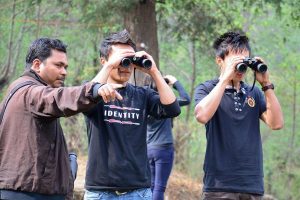
Today, Pangti attracts birders and conservation across the world during the annual Amur falcon migration. The erstwhile hunters of the area have become birding guides who enthusiastically tell guests about the miracle of the Amur falcon’s migration and that the raptor’s five-day flight across the ocean from Nagaland to Africa is the longest non-stop oversea flight in all birds. Meanwhile, as many as a million falcons visit Pangti every year. When they take flight together, the birds block the sun and shadow the skies, providing an unparalleled opportunity to enjoy the spectacle of avian migration. “We’re training locals to set up home stays for birding enthusiasts in the Amur falcon roosting hotspots,” Haralu says. “Now that the local community can see how the Amur falcon can become a source of livelihood for them, they have developed a long-term stake in its conservation.”
Author: Geetanjali Krishna, The India Story Agency for Sacred Groves
Images Credit: Nagaland Wildlife and Biodiversity Conservation Trust, NWBCT
Did you enjoy this article?
Share with friends to inspire positive action.
